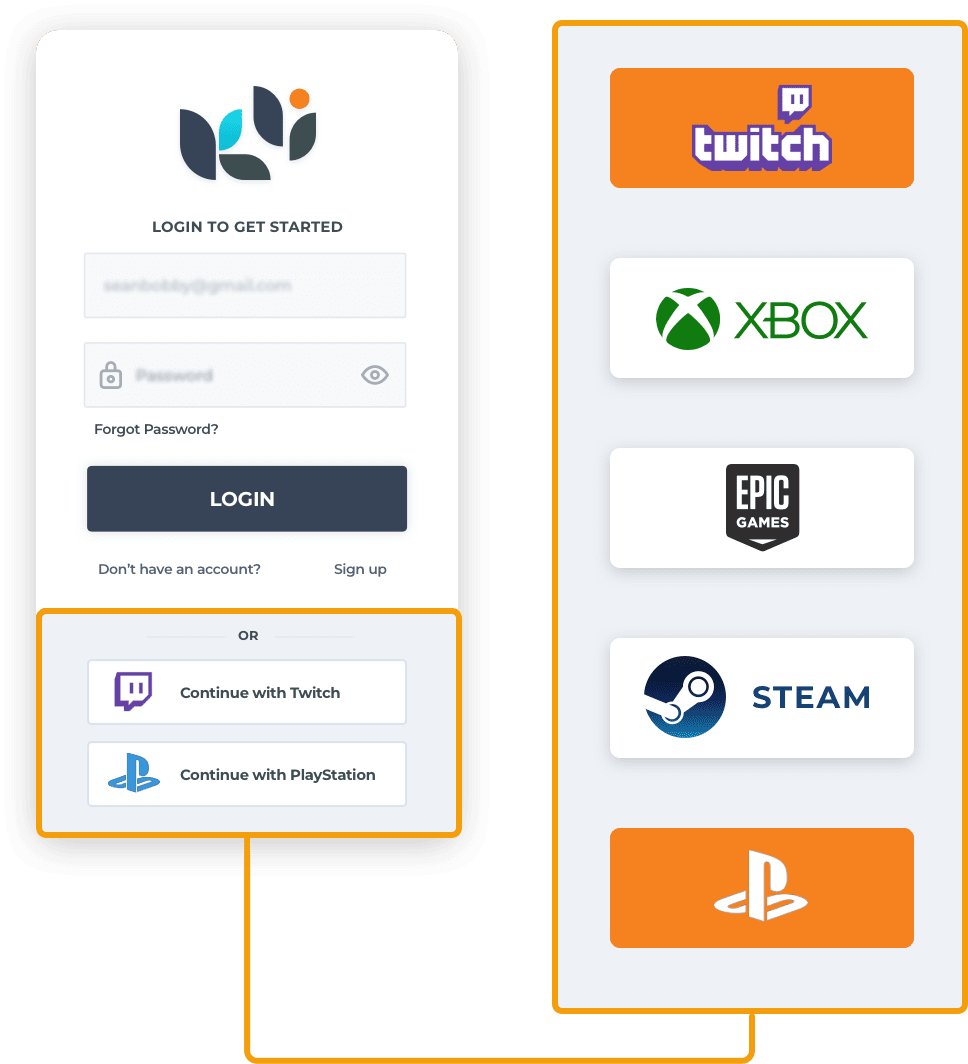The Achilles Heel: Risks of Single-point Failures

In complex systems, a single point of failure (SPOF) is a component or dependency whose failure can cause the entire system to fail. It is often a critical element that is essential for the proper functioning of the system.

Risks of Single-point Failures:

- Downtime and System Disruption: A failure in a single point of failure can bring down the entire system, causing significant downtime and disruption of operations.
- Data Loss and Corruption: SPOFs can lead to data loss or corruption if they are part of the data storage or processing infrastructure.
- Security Breaches: SPOFs can also be exploited by attackers to gain access to the system or sensitive data.
- Financial Losses: The consequences of system failures caused by SPOFs can result in substantial financial losses for businesses.
- Reputation Damage: System outages and data breaches can severely damage a company's reputation and customer trust.
Causes of Single-point Failures:
- Insufficient Redundancy: Lack of redundancy or backup systems for critical components can create SPOFs.
- Design Flaws: Poor design or implementation can introduce SPOFs into the system.
- Human Errors: Mistakes made during maintenance or operation can lead to SPOFs.
- Aging Hardware or Software: Outdated or poorly maintained components can become SPOFs due to wear and tear or obsolescence.
- Supply Chain Disruptions: Dependence on a single supplier or unreliable supply chains can create SPOFs.
Mitigation Strategies:
- Redundancy and Backup Systems: Implement redundancy for critical components and create backup systems to ensure continuous availability in case of failures.
- Diversify Suppliers: Avoid reliance on a single supplier and establish relationships with multiple vendors for backup options.
- Thorough Testing and Maintenance: Conduct regular testing and maintenance of systems and components to identify and rectify potential SPOFs.
- Robust Design: Design systems with fault tolerance and resilience to minimize the impact of single-point failures.
- Cross-Training and Knowledge Sharing: Train staff on multiple components and systems to reduce the risk of human error-induced SPOFs.
By understanding the risks and implementing appropriate mitigation strategies, organizations can reduce the likelihood and impact of single-point failures, ensuring the reliability and resilience of their systems.## The Achilles Heel: Risks of Single-point Failures
Executive Summary
Single-point failures lurk in every complex system, posing a significant threat to businesses, organizations, and individuals alike. Understanding the risks associated with single-point failures is crucial for mitigating their impact and ensuring resilience in today's interconnected world. This article provides a comprehensive exploration of single-point failures, their various forms, and effective strategies for minimizing their devastating effects.
Introduction
Single-point failures occur when a single component or entity within a system becomes the sole point of vulnerability, causing the entire system to fail. These failures can stem from various sources, including human error, technical malfunctions, or natural disasters. Identifying and addressing single-point failures is paramount to maintaining system reliability, operational continuity, and overall organizational success.
FAQs
Q: What is a single-point failure?
A: A single-point failure occurs when a single component or entity within a system becomes the sole point of vulnerability, leading to the failure of the entire system.
Q: What are the different types of single-point failures?
A: Single-point failures can be classified into various types, including hardware failures, software failures, human error, environmental factors, and supply chain disruptions.
Q: Why is it important to address single-point failures?
A: Addressing single-point failures is crucial for mitigating their potential impact, ensuring system reliability, operational continuity, and overall organizational success.
Subtopics
Hardware Failures
- Causes: Manufacturing defects, component degradation, power outages, temperature fluctuations
- Important Considerations:
- Use redundant components for critical systems
- Implement backup power systems
- Establish proper cooling and ventilation measures
Software Failures
- Causes: Software bugs, coding errors, security breaches, operating system updates
- Important Considerations:
- Perform thorough software testing and validation
- Implement fault tolerance mechanisms
- Install patches and security updates regularly
Human Error
- Causes: Inattention, fatigue, lack of training, poor communication
- Important Considerations:
- Provide thorough training and documentation
- Establish clear operating procedures
- Implement error-checking mechanisms
Environmental Factors
- Causes: Natural disasters, power outages, temperature extremes, humidity
- Important Considerations:
- Locate critical infrastructure in protected areas
- Implement backup power systems
- Use weather-resistant materials
Supply Chain Disruptions
- Causes: Natural disasters, transportation delays, supplier failures, price fluctuations
- Important Considerations:
- Establish multiple suppliers for critical components
- Maintain safety stock levels
- Develop contingency plans for supply chain disruptions
Conclusion
Single-point failures pose a constant threat to businesses and organizations in the modern interconnected world. Failing to address these vulnerabilities can lead to catastrophic consequences, including business disruptions, financial losses, and reputational damage. By understanding the risks associated with single-point failures and implementing proactive mitigation strategies, businesses can strengthen their resilience, ensure operational continuity, and achieve long-term success.
Relevant Keyword Tags
- Single-point failures
- System reliability
- Operational continuity
- Risk mitigation
- Disaster recovery



















































































































































 Global Online Gambling & iGaming is a full service cash Online Gambling & iGaming marketing consultancy with casino partners situated around the world.
Global Online Gambling & iGaming is a full service cash Online Gambling & iGaming marketing consultancy with casino partners situated around the world.